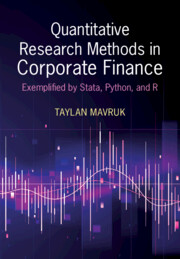Paperback ISBN: 9781009453530
Paperback publication date: 04 September 2025
Can't find the content you are looking for?
To expand your search, find other books and research journals at Cambridge Core , or browse our catalogue at cambridge.org

Paperback ISBN: 9781009453530
Paperback publication date: 04 September 2025
Hardback ISBN: 9781009453493
Hardback publication date: 04 September 2025

Paperback ISBN: 9781009307413
Paperback publication date: 20 March 2025
Hardback ISBN: 9781009307437
Hardback publication date: 20 March 2025